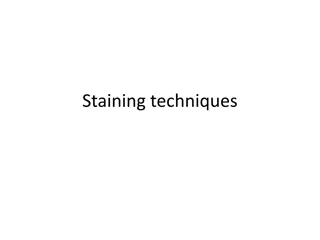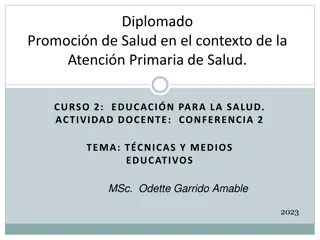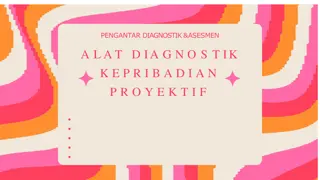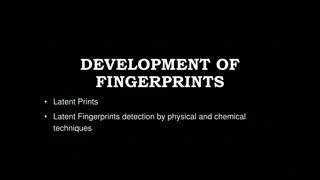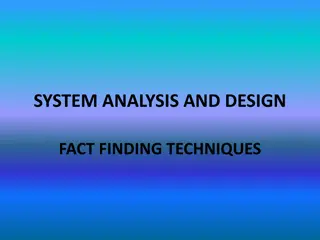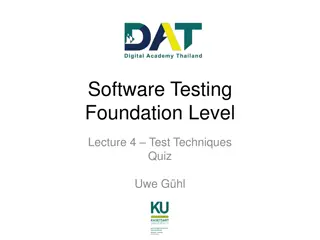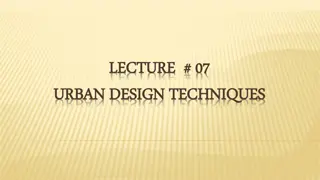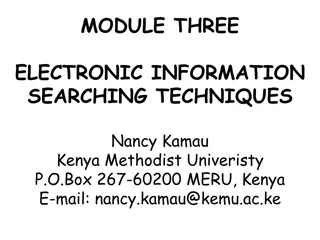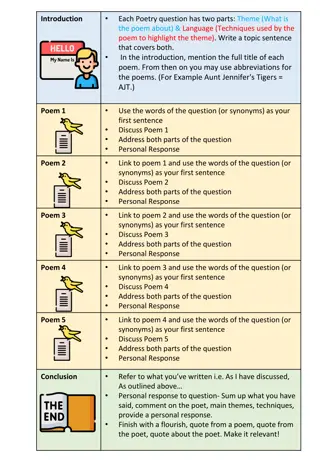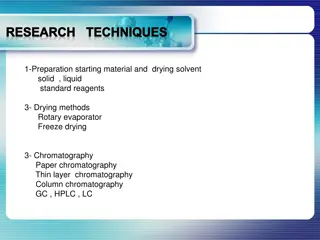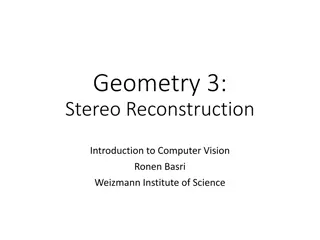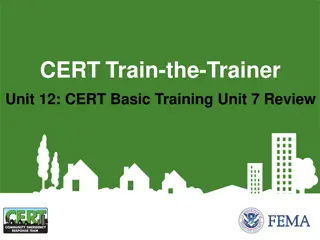
Qualitative Research Techniques: Understanding Respondents' Perspectives
Explore projective techniques in qualitative research where respondents project their underlying motivations, beliefs, and attitudes. Learn about association techniques, completion techniques, story completion tests, and expressive techniques like role-playing and third-person technique. Understand how these methods help researchers gain insights into participants' thought processes and emotions.
Download Presentation

Please find below an Image/Link to download the presentation.
The content on the website is provided AS IS for your information and personal use only. It may not be sold, licensed, or shared on other websites without obtaining consent from the author. If you encounter any issues during the download, it is possible that the publisher has removed the file from their server.
You are allowed to download the files provided on this website for personal or commercial use, subject to the condition that they are used lawfully. All files are the property of their respective owners.
The content on the website is provided AS IS for your information and personal use only. It may not be sold, licensed, or shared on other websites without obtaining consent from the author.
E N D
Presentation Transcript
Qualitative Research: Projective Techniques
Projective Techniques An unstructured, indirect form of questioning that encourages respondents to project their underlying motivations, beliefs, attitudes or feelings regarding the issues of concern. Respondents are asked to interpret the behaviour of others. Respondents indirectly project their own motivations, beliefs, attitudes, or feelings into the situation, which is then interpreted.
Types of ProjectiveTechniques Association Techniques: Word Association respondents are presented with a list of words, one at a time, and asked to respond to each with the first word that comes to mind. The words of interest, are called test words. Toyota : Reliable Honda : Toyota s sportier cousin Ford : People s car Buick : Old people Volkswagen : German Toyota Volvo : Safety
CompletionTechniques In sentence completion, respondents are given incomplete sentences and asked to complete them. Generally, they are asked to use the first word or phrase that comes to mind. A person who shops atAagora is well-off Shawapno is most liked by When I think of shopping in a super store store, I expect quality products
Story completion test: The researcher contrives stories instead of sentences and asks the informants to complete them.
ExpressiveTechniques Expressive techniques: respondents are presented with a verbal or visual situation and asked to relate the feelings and attitudes of other people to the situation. Role playing Respondents are asked to play the role or assume the behavior of someone else. Eg. What if you were made the CEO of Grameenphone for a day? What would you do?
Expressive Techniques(Cont.) Third-person technique The respondent is presented with a verbal or visual situation and the respondent is asked to relate the beliefs and attitudes of a third person rather than directly expressing personal beliefs and attitudes. Eg. What brand of perfume is your friend buying? Which clothing store does your neighbor shop at?

